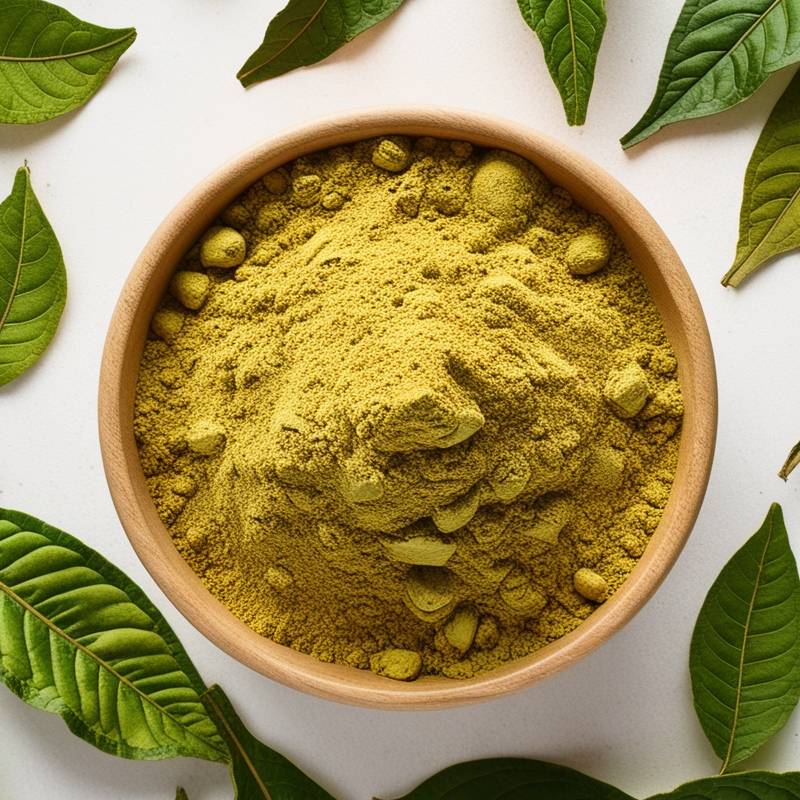
Dispatched within 3–5 business days


Natural Henna Powder
Category: HAIR CARE
SKU: DANHNA
Color:
Type:
5.0
(1)
- Natural Hair Dye
- Helps remove dandruff, excess oil, and dirt
- Softens, strengthens, and adds shine to hair
- Hair Conditioner
- Scalp Cleanser
- Hair Growth Booster
Out of Stock
Get notified when it's back!
Hurry! Only 15 left in stock.
Customer Reviews
Radha
Aug 26, 2025Good one👌 I liked it
Featured products

Under-Eye Dark Circle Removal Night Cream
5.0
(1)
₹499
₹699
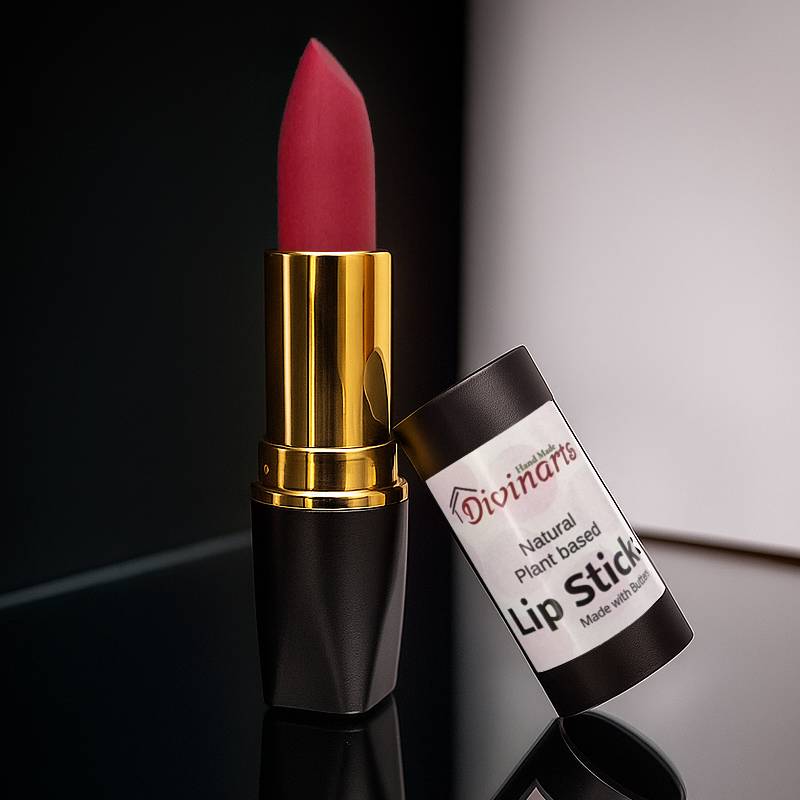
Natural Lip Stick - Plant Based
5.0
(1)
₹600
₹999
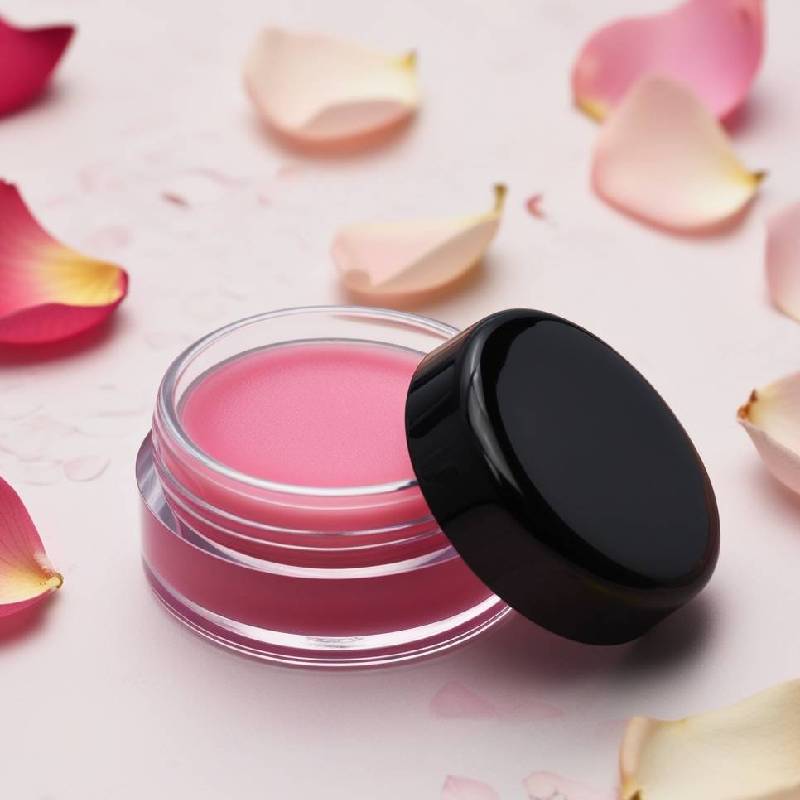
Natural Double Butter Rose Lip Balm
5.0
(5)
₹349
₹499
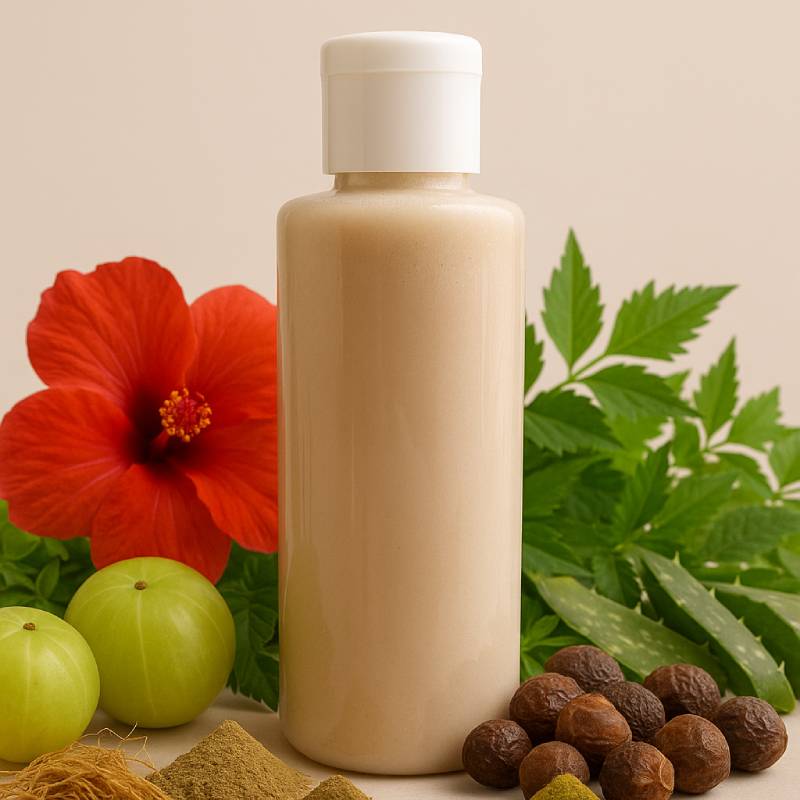
Herbal 10-in-1 Shampoo + Conditioner Sulphate Free
4.5
(2)
₹299
₹399
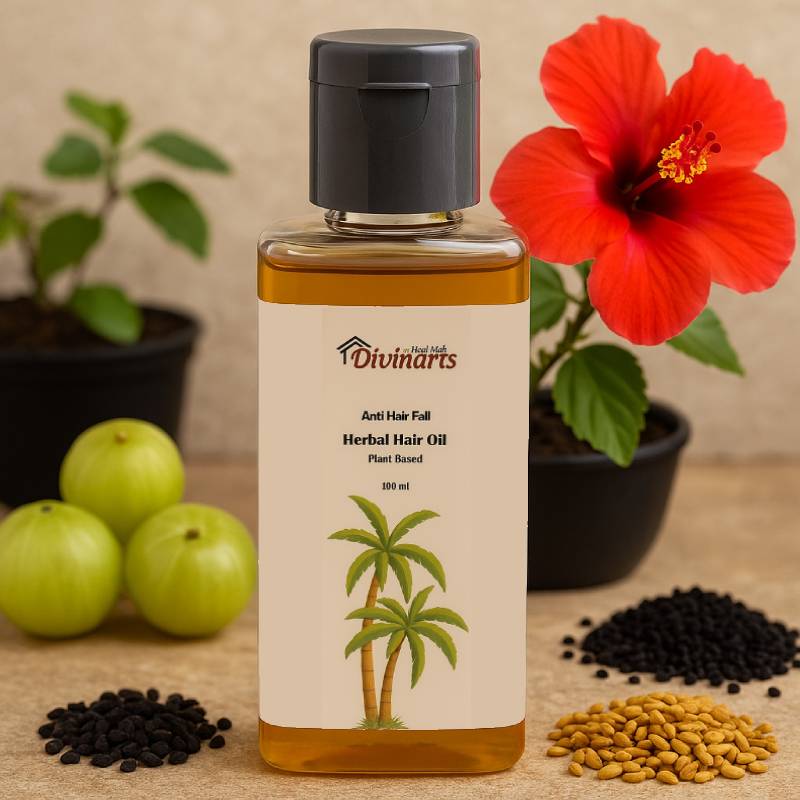
Anti Hair Fall Herbal Hair Oil plant based
5.0
(1)
₹299
₹399
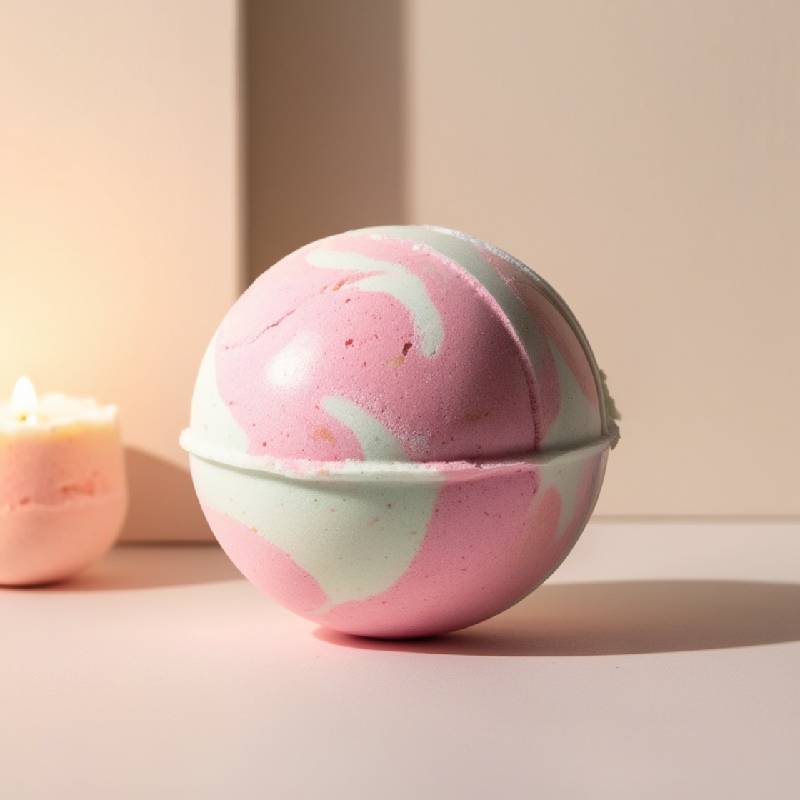
Manicure & Pedicure Balls
5.0
(2)
₹150
₹200
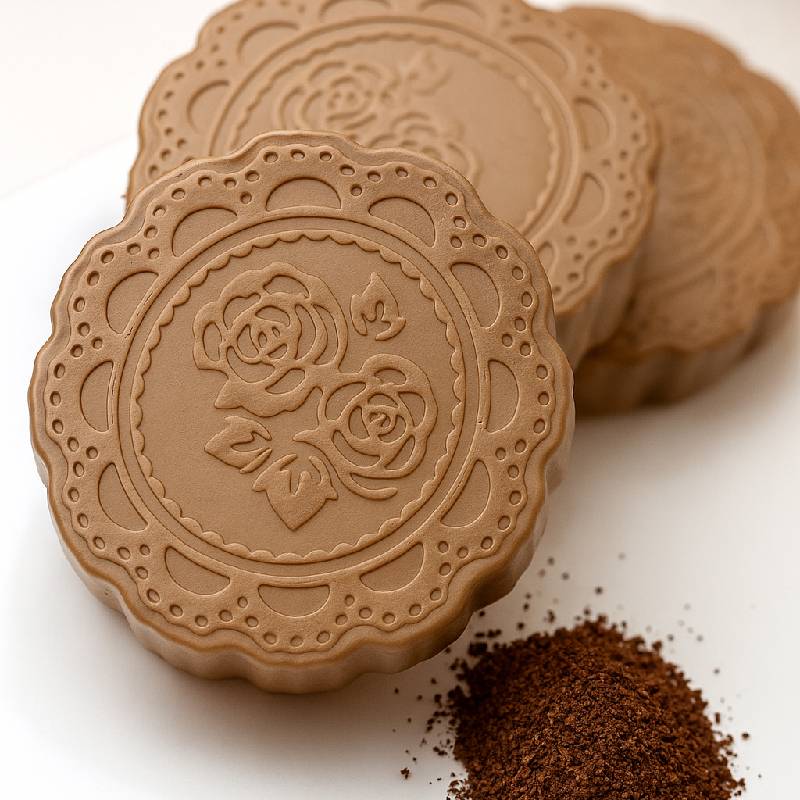
Natural D Tan Coffee Soap
₹180
₹250

Natural Henna Powder
5.0
(1)
₹100
₹150
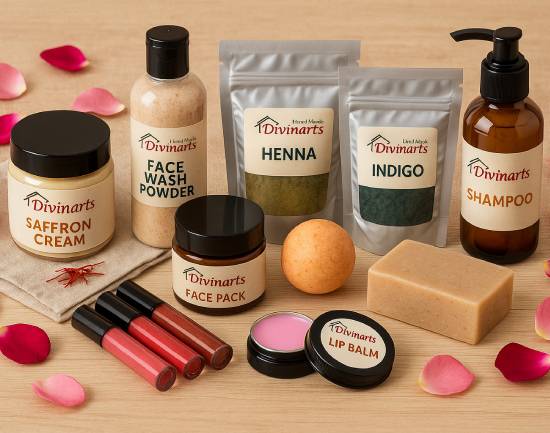
Related products

HAIR CARE
Herbal 10-in-1 Shampoo + Conditioner Sulphate Free
- Reduces Hair Fall
- Promotes Hair Growth
- Soothes Itchy and Flaky Scalp
- Conditions and Softens Hair
- Prevents Premature Greying
- Balances Scalp Health
- Safe for All Hair Types
₹299
₹399

HAIR CARE
Anti Hair Fall Herbal Hair Oil plant based
- Promotes Hair Growth
- Reduces Hair Fall & Dandruff
- Adds Shine & Smoothness
- Soothes Scalp
- Improves Blood Circulation
- Delays Premature Greying
₹299
₹399
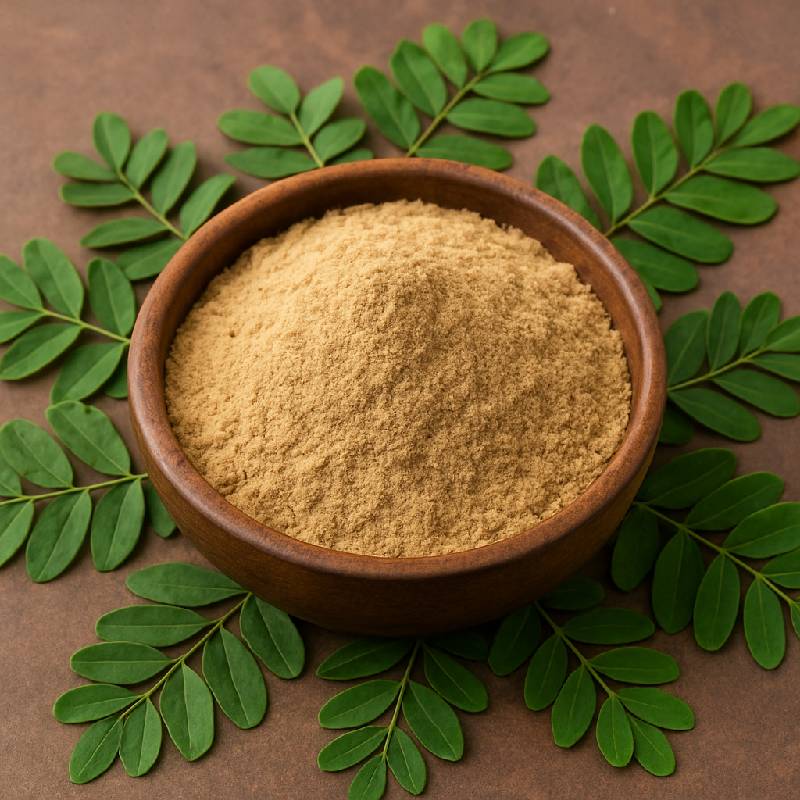
HAIR CARE
Alma Powder
- Stimulates Hair Growth
- Prevents Premature Greying
- Reduces Hair Fall
- Soothes Scalp
- Adds Shine & Volume
- Protects Against Damage
₹120
₹150

HAIR CARE
Natural Henna Powder
- Natural Hair Dye
- Helps remove dandruff, excess oil, and dirt
- Softens, strengthens, and adds shine to hair
- Hair Conditioner
- Scalp Cleanser
- Hair Growth Booster
₹100
₹150

HAIR CARE
Natural Indigo Powder
- Natural Hair Dye
- Gray Hair Coverage
- Strengthens Hair
- Improves Scalp Health
- Prevents Premature Graying
- Reduces Dandruff and Itchiness
₹120
₹150
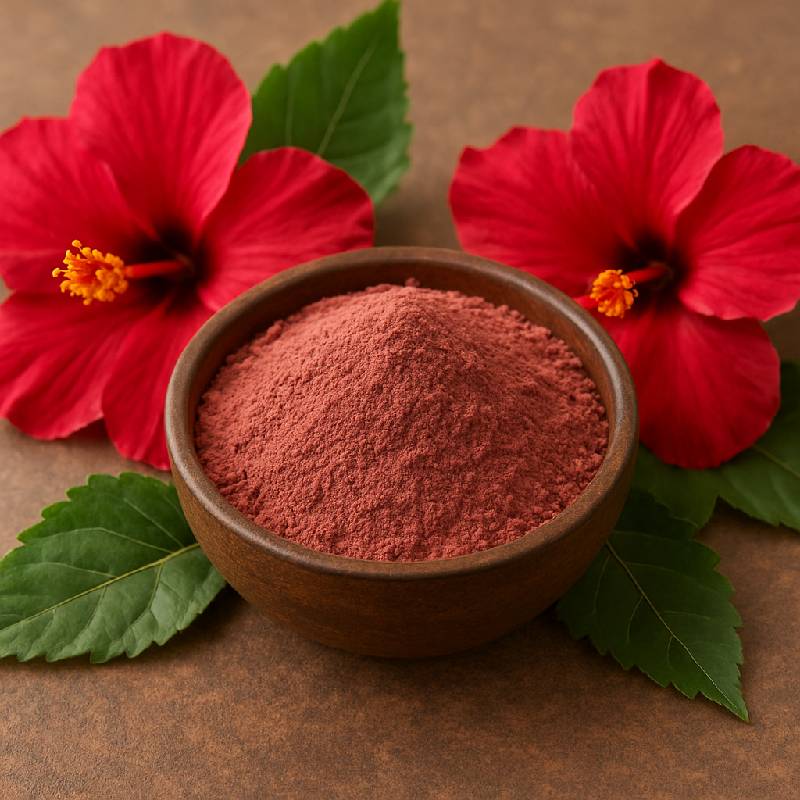
HAIR CARE
Hibiscus Powder
- Promotes Hair Growth & Reduces Hair Fall
- Prevents Premature Greying & Conditions Hair Naturally
- Fights Dandruff & Scalp Issues
- Improves Hair Volume & Thickness
- Boosts Blood Circulation in Scalp
- Natural Hair Detox
₹180
₹250
